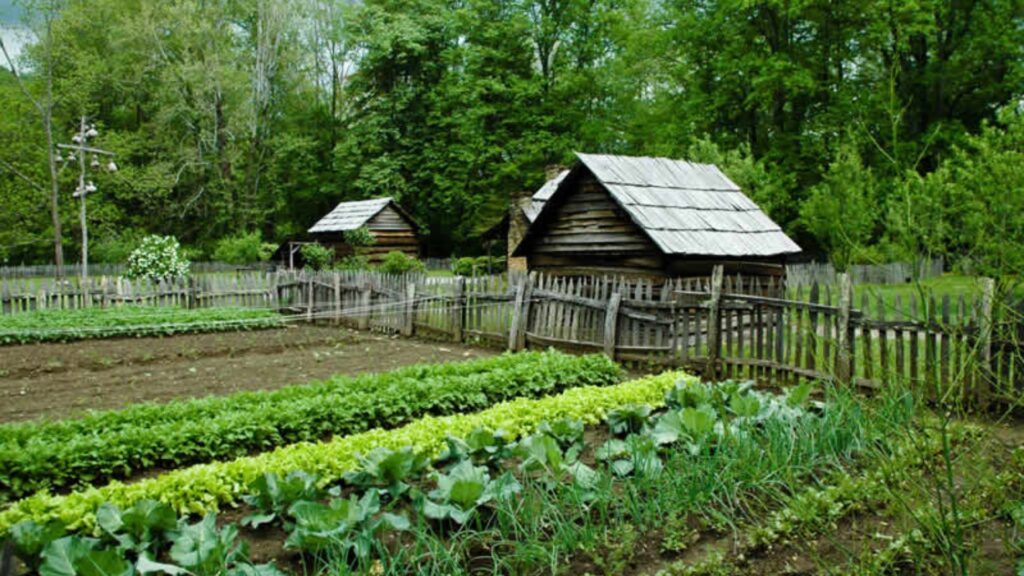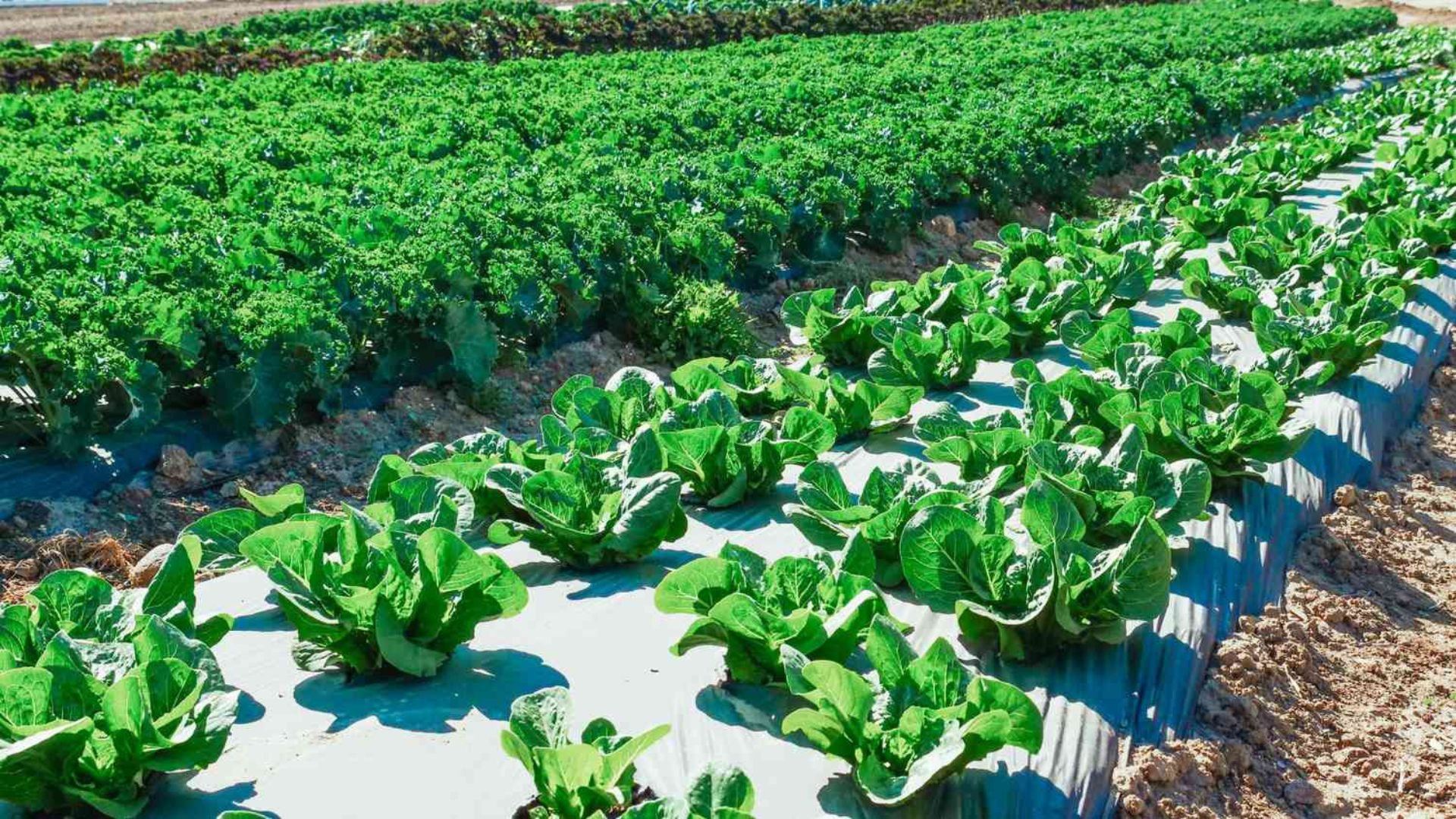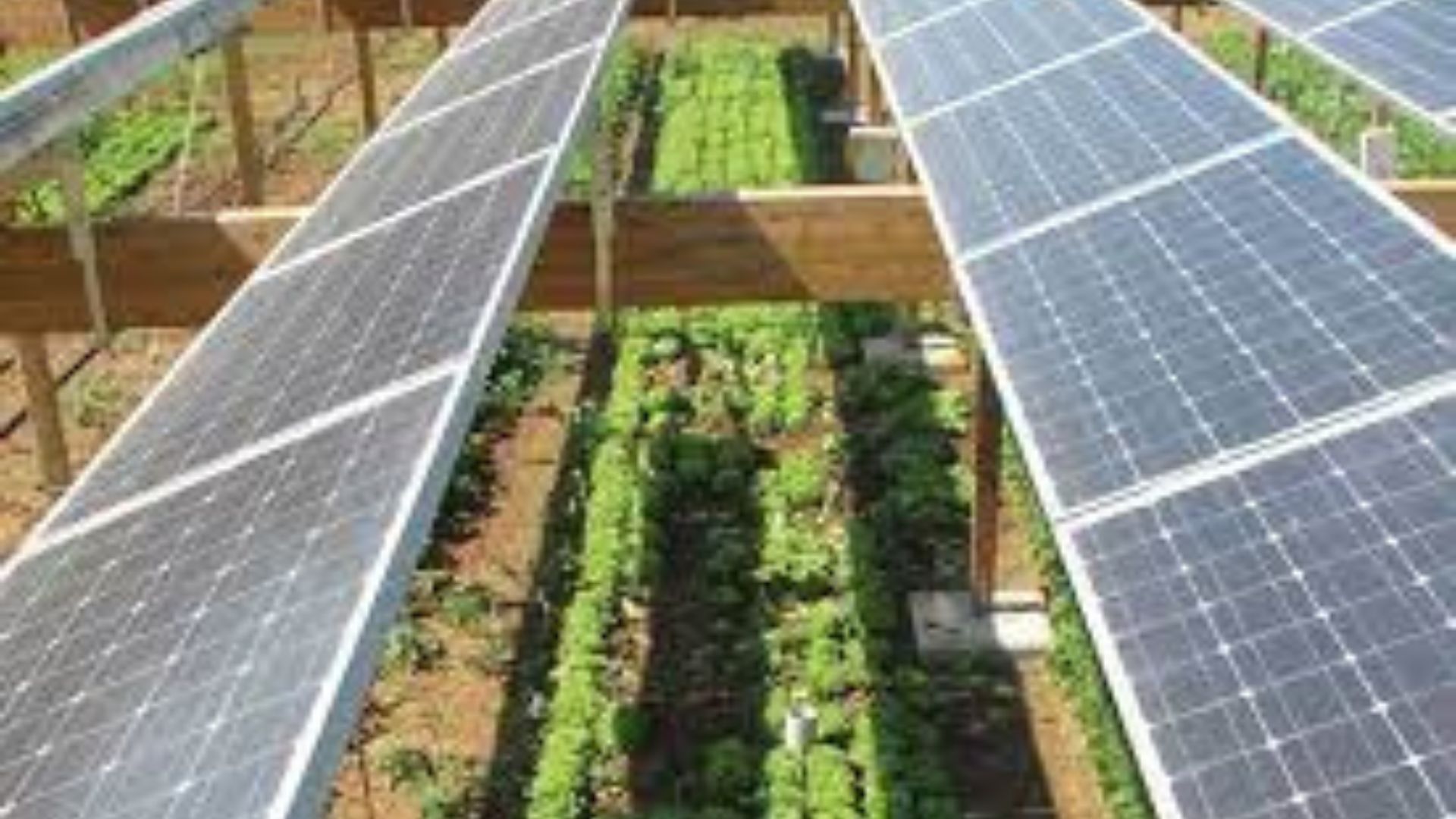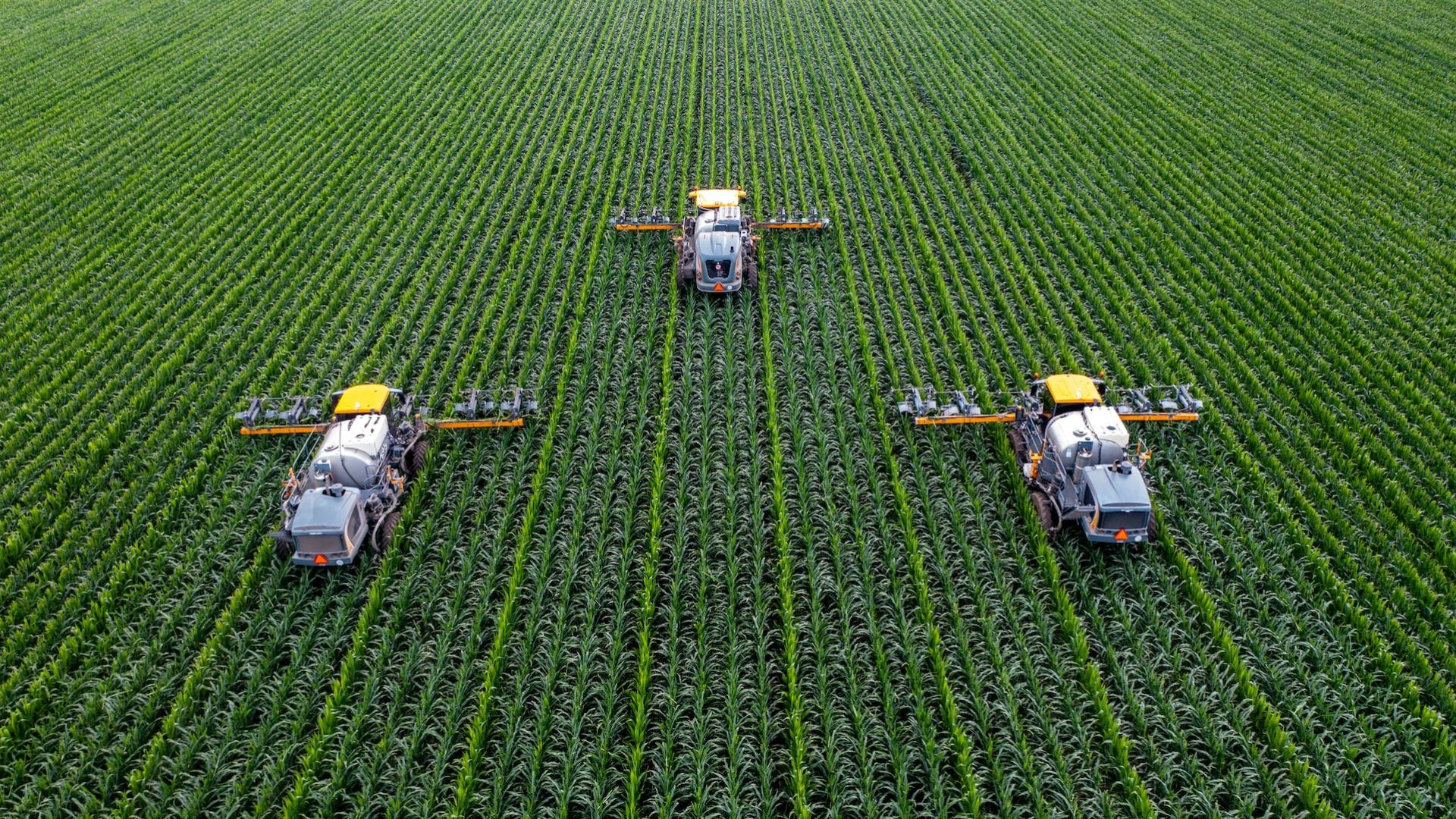Green farming, also known as sustainable or eco-friendly farming, is a method of agriculture that focuses on working with nature instead of against it. One of its biggest benefits is its ability to protect and promote biodiversity—the variety of life found in ecosystems, from soil microbes to birds, insects, and larger animals.
In this article, you’ll learn how green farming supports biodiversity, why it matters, and which specific practices help protect natural ecosystems.

What Is Biodiversity and Why Is It Important?
Biodiversity refers to the variety of living organisms in a given area—plants, animals, fungi, and microorganisms. It includes species diversity, genetic diversity, and ecosystem diversity.
Biodiversity is essential for:
-
Pollination of crops by bees and other insects
-
Pest control by birds, bats, and predator insects
-
Soil health through microbial activity
-
Climate stability through carbon storage and healthy plant cover
-
Resilience against pests, diseases, and extreme weather
When biodiversity is lost, entire ecosystems weaken, making farms more vulnerable and less productive over time.
How Conventional Farming Harms Biodiversity
Modern industrial farming often leads to:
-
Monoculture (growing only one crop), which reduces habitat variety
-
Pesticide overuse, killing beneficial insects and birds
-
Heavy machinery, which compacts soil and destroys habitats
-
Chemical runoff, polluting nearby rivers and wetlands
-
Loss of hedgerows, trees, and natural buffers, which are homes for many species
These practices often lead to ecosystem imbalance, where pests increase, pollinators decline, and soil life is damaged.
How Green Farming Protects and Boosts Biodiversity
Green farming helps reverse the damage caused by conventional methods. Here are some ways it actively supports biodiversity:
1. Crop Diversity
Green farms avoid monocultures by planting multiple crops in rotation or together (polyculture). This variety:
-
Supports different insect and animal species
-
Reduces the risk of total crop failure
-
Improves soil health
2. Use of Natural Pest Control
Instead of chemical pesticides, green farmers use:
-
Beneficial insects like ladybugs and wasps to control pests
-
Companion planting to repel harmful insects
-
Physical barriers like nets or traps
This preserves important species such as pollinators and natural predators.
3. Organic Fertilizers and Composting
Compost and manure feed the soil without polluting it. Healthy soil is full of:
-
Earthworms
-
Fungi
-
Bacteria
-
Insects
This underground biodiversity helps plants grow naturally and supports the wider food chain.
4. Maintaining Natural Habitats
Green farmers often leave space for nature, such as:
-
Hedgerows
-
Forest edges
-
Grass strips
-
Ponds or wetlands
These areas provide shelter and food for birds, insects, amphibians, and small mammals.
5. Agroforestry
This practice combines trees with crops or livestock. Trees:
-
Offer shade and protection
-
Create nesting sites for birds and insects
-
Fix nitrogen in the soil (some species)
-
Connect ecosystems across the landscape
6. Reduced Use of Chemicals
By using fewer synthetic fertilizers, herbicides, and pesticides, green farms reduce harm to:
-
Insects (especially bees and butterflies)
-
Fish and aquatic species in nearby rivers
-
Soil microbes and beneficial fungi
This leads to cleaner air, water, and healthier food chains.
7. Soil and Water Conservation
Practices like mulching, cover cropping, and drip irrigation protect soil organisms and maintain natural moisture levels. These small steps help insects, microbes, and fungi thrive underground.
Real-Life Example: A Green Farm and Its Biodiversity Impact
On a small green farm growing vegetables and herbs, the farmer:
-
Avoids pesticides and uses neem oil instead
-
Grows marigolds to repel pests
-
Plants native trees around the field
-
Leaves a corner wild for birds and insects
As a result, the farm has seen more:
-
Pollinators like bees and butterflies
-
Birds that eat pests
-
Healthier soil and more earthworms
-
Higher crop yields with fewer inputs
This shows how biodiversity can support and strengthen farming naturally.
Why Supporting Biodiversity Benefits Farmers
Biodiversity is not just good for nature—it directly helps farms by:
-
Improving crop pollination for fruits and vegetables
-
Keeping pests in balance through natural predators
-
Boosting soil fertility through microbial activity
-
Reducing dependency on chemical inputs
-
Increasing farm resilience to weather changes and diseases
Farms that support biodiversity tend to be more sustainable, more productive over time, and less costly to manage.
Conclusion
Green farming and biodiversity go hand in hand. By respecting and protecting nature, green farmers help ecosystems thrive—and in return, nature helps their farms succeed.
From planting diverse crops to reducing chemicals and creating safe habitats, even small changes on a farm can make a big difference. As we face global environmental challenges, supporting biodiversity through green farming is not just a choice—it’s a necessity.










